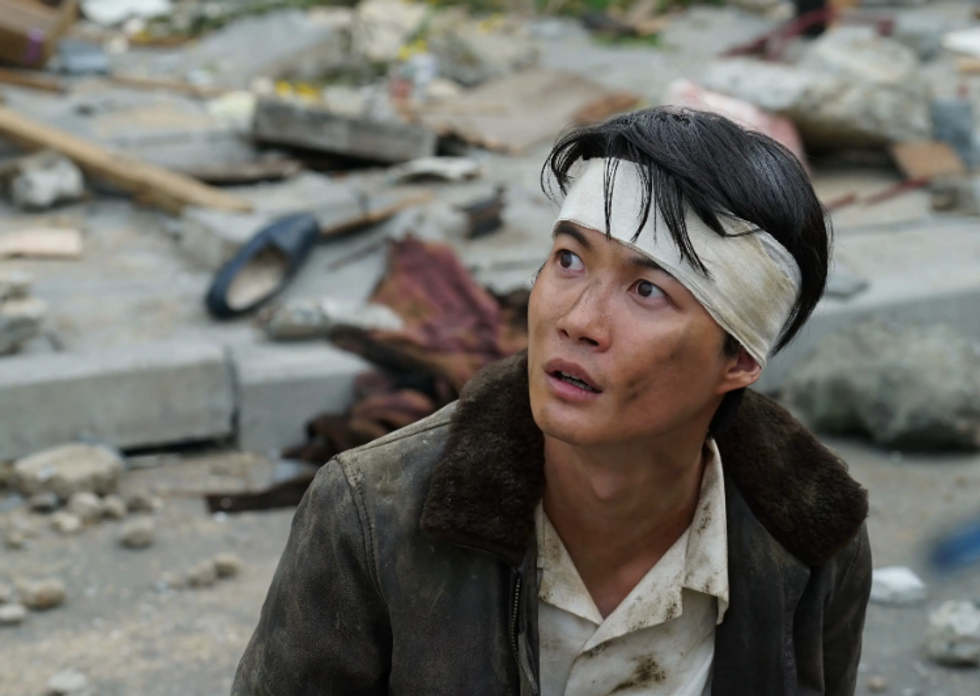Everyone says they don’t make movies like they used to; that wokeness, diversity, and greed have scraped every ounce of creativity from the Hollywood machine. The critique is valid to a point. Hollywood blockbusters are also facing demise from factors as diverse as the rise of streaming services, the tastes of Chinese audiences, smartphones, and myriad other headwinds.
Perhaps the bar is extremely low, but when a movie comes along that is a triumph of old-school blockbuster action and adventure with heart, you can’t help but leave the theater smiling. “Godzilla Minus One” is that type of film.
It’s no coincidence a movie with this much skill and drive to entertain is being made by foreigners outside the Hollywood factory. In the case of “Godzilla Minus One,” the Japanese have picked up the crown for producing an intelligent, fun action movie, dropped in the mud by the major studios.
The movie is a purely Japanese production. Fair warning: it’s two hours of subtitles. However, if you can handle the subtitles, you’re left with a richly rewarding experience from the first frame to the last.
Writer-director Takashi Yamazaki also took charge of the film’s visual effects. “Godzilla Minus One” is a stunning visual film, and it makes recent Marvel films look like clumsy video game cutscenes. There is a level of skill with effects and setting that is evident in every frame of the movie. After watching it, I was startled to learn that the entire film was made for less than $15 million.
This bears repeating: a relatively unknown Japanese director crafted a spectacular, special effects-driven action movie for 1/20th of the budget of the average Hollywood blockbuster. It makes you wonder what the hell they’re spending these enormous budgets on.

“Godzilla Minus One” takes place immediately after World War II and follows a Kamikaze pilot, Koichi (Ryunosuke Kamiki), who bails out from his death mission out of fear. This dereliction of duty haunts him as he tries to survive in the post-war ruins of Tokyo. Through a series of coincidences, he takes care of an orphan infant and a beautiful girl, Noriko (Minami Hamabe), who saved the child. These actors are amazing, they bring a level of craft and gravitas you would never expect from a monster movie.
We see a rare glimpse of this era of Japanese history, where people struggled to survive and rebuild a culture reduced to ash. Koichi finds a job clearing mines from the Sea of Japan with a group of side characters, and the action begins to build. The movie excels at creating characters and relationships we care about. When the monster arrives, it’s terrifying because the audience actually cares about these people.
There are obvious nods to “Jaws” and the original 1950s Godzilla movies. Despite being set in the 1940s, it’s a movie with a lot to say about modern culture and, in many ways, harkens to the earliest Godzilla films that dwelt on fear of nuclear energy.
But the fear explored here is decidedly modern, of failed bureaucracies and societies trying to hold onto tradition. When it comes time to confront the titular monster, there is no government to save the day, no girl boss of color to explain military tactics to generals. Instead, it’s left to ordinary humans to outsmart a monster of modernity. It also explores issues of honor and redemption no modern American movie will touch. In that sense, “Godzilla Minus One” is based. If you want an old-school action movie to enjoy over the holiday, run, don’t walk to catch this flick.
